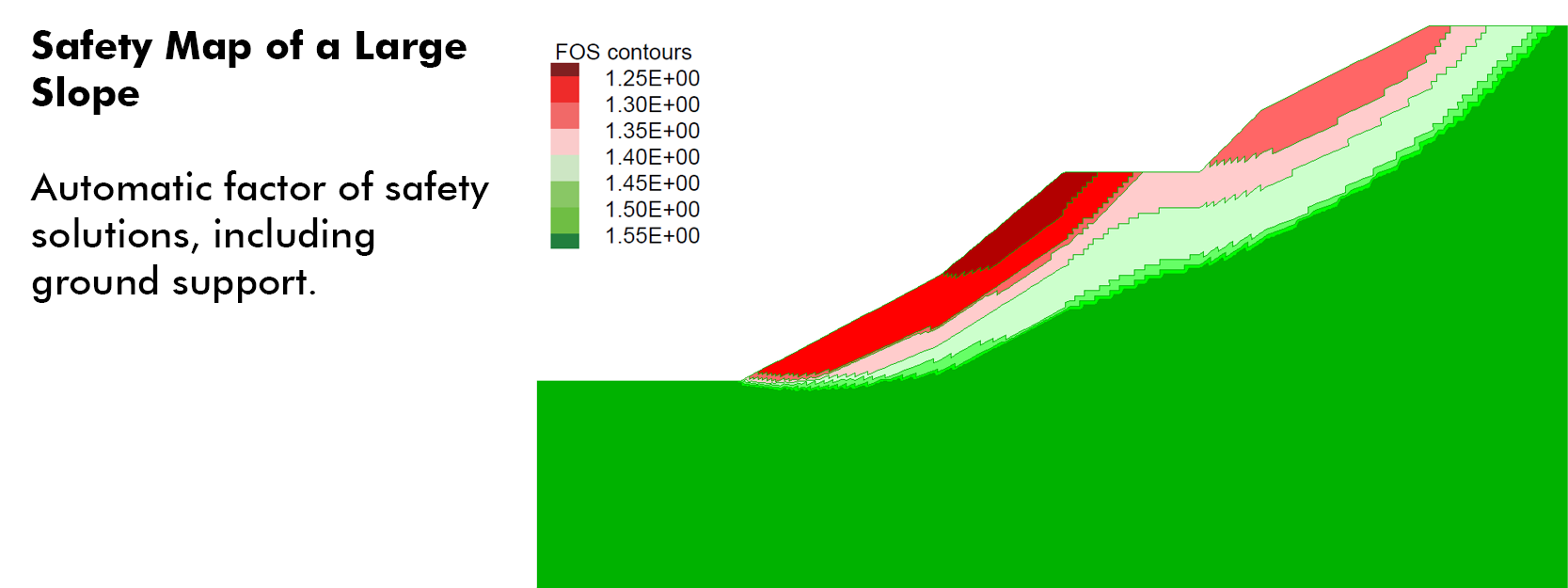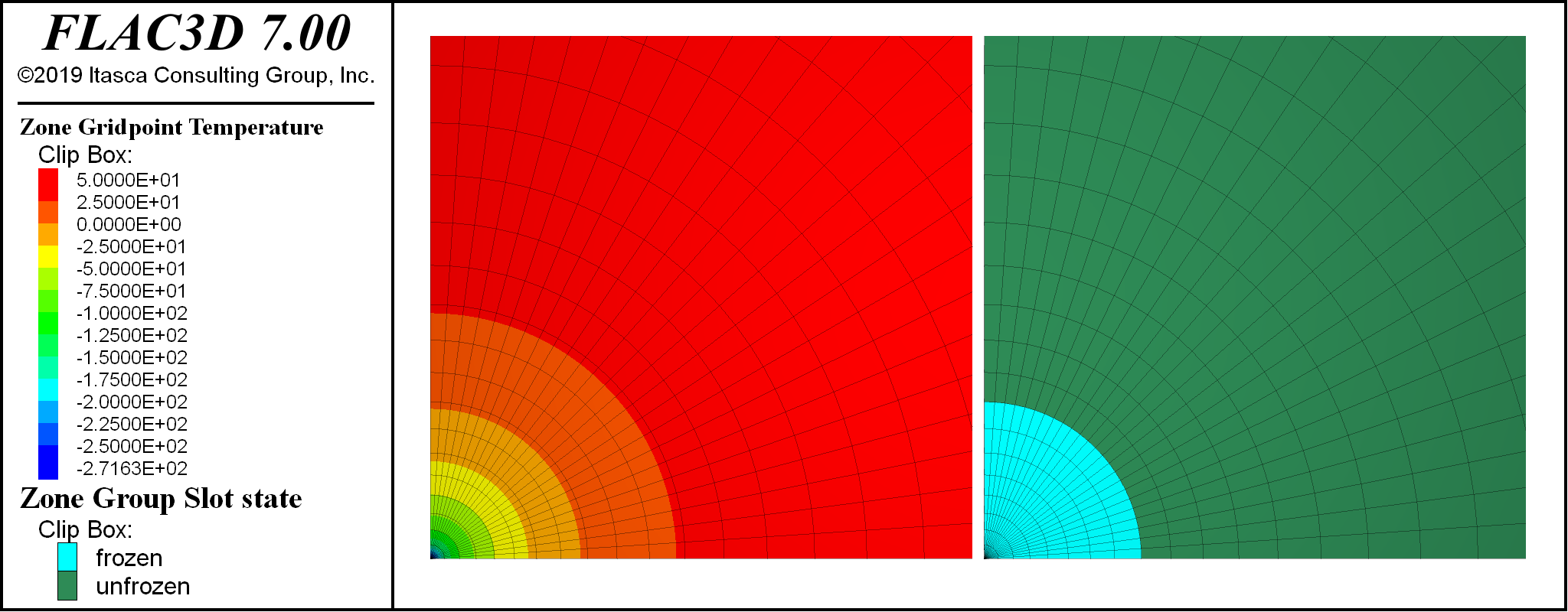

The variation of material strength properties with mean stress can also be taken into account by using the bilinear option. The bilinear strain-hardening/softening ubiquitous-joint model allows representation of material softening and hardening behavior for the matrix and the weak plane based on prescribed variations of the matrix and ubiquitous-joint model properties (cohesion, friction, dilation and tensile strength) as functions of plastic strain. Example applications: post-failure studies involving progressive collapse such as yielding of mining pillars and cave mining.īilinear strain-hardening/softening ubiquitous-joint model The strain-hardening/softening model allows representation of nonlinear material softening and hardening behavior based on prescribed variations of the Mohr-Coulomb model properties (cohesion, friction, dilation, tensile strength) as functions of plastic strain. This model can be useful in simulation of the elastic and yielding behavior of layered (laminated) materials. The criterion for failure on the plane, whose orientation is given, consists of a Coulomb criterion with tension cutoff. The plane of weakness has the same orientation as the plane of elastic isotropy. This ubiquitous joint model with anisotropic (transversely isotropic) elasticity accounts for the presence of an orientation of weakness (weak plane). Example applications: excavation in closely bedded strata. The ubiquitous-joint model is an anisotropic plasticity model that includes weak planes of specific orientation embedded in a Mohr-Coulomb solid. Example applications: general soil or rock mechanics for slope stability and underground excavation studies. Vermeer and deBorst (1984), for example, report laboratory test results for sand and concrete that match well with the Mohr-Coulomb criterion.

The Mohr-Coulomb model is the conventional model used to represent shear yielding in soils and rocks. It is included here mainly to permit comparison with other numerical program results. However, this model is not generally recommended for application to geologic materials. The Drucker-Prager plasticity model may be useful to model soft clays with low friction angles. Example applications: laminated materials loaded below strength limit. The elastic, transversely isotropic model gives the ability to simulate layered elastic media in which there are distinctly different elastic moduli in directions normal and parallel to the layers. Example applications: columnar basalt loaded below its strength limit. The elastic, orthotropic model represents material with three mutually perpendicular (orthogonal) planes of elastic symmetry. Example applications: soil, rock, manufactured material such as steel loaded below strength limit. This model is valid for homogeneous, isotropic, continuous materials that exhibit linear stress-strain behavior with no hysteresis on unloading. The elastic, isotropic model provides the simplest representation of material behavior.

This is more advantageous than deleting zones because zone materials can be changed later (for instance, to represent backfill in a construction stage). NULL MODEL GROUPĪ null material model can be assigned to zones to represent material that is removed or excavated (holes, excavations, regions in which material will be added at later stage). FLAC3D's functionality can be even further expanded by purchasing additional options. FLAC3D includes the following standard nineteen null, elastic, and plastic models.


 0 kommentar(er)
0 kommentar(er)
